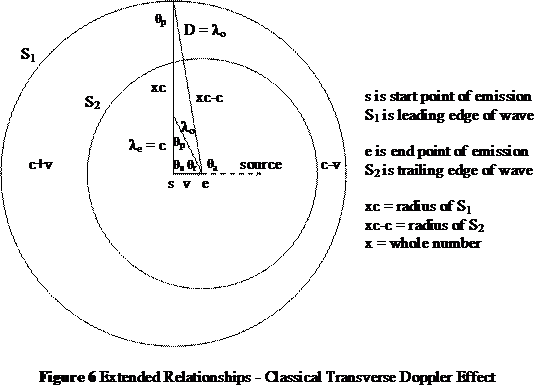
The L1 carrier is modulated by two types of pseudorandom noise codes, one at 1.023 MHz - called the Coarse/Acquisition or C/A-code - and an encrypted one at 10.23 MHz called the P-code. GPS signals are received on earth at two carrier frequencies, L1 (154 × 10.23 MHz) and L2 (120 × 10.23 MHz). Carrier phase measurements of the transmitted signals are commonly done to better than a millimeter. Accuracies in the neighborhood of 5–10 cm are not unusual. Several organizations monitor GPS signals independently and provide services from which satellite ephemerides and clock behavior can be obtained. The GPS is a navigation and timing system that is operated by the United States Department of Defense (DoD), and therefore has a number of aspects to it that are classified. The User Segment consists of all users who, by receiving signals transmitted from the satellites, are able to determine their position, velocity, and the time on their local clocks. This information is then uploaded into the satellites for retransmission to users. These data are sent to a Master Control Station in Colorado Springs, CO, which analyzes the constellation and projects the satellite ephemerides and clock behaviour forward for the next few hours. The Control Segment is comprised of a number of ground-based monitoring stations, which continually gather information from the satellites. Naval Observatory - UTC(USNO) - can be determined. Additional information contained in the messages includes an almanac for the entire satellite constellation, information about satellite vehicle health, and information from which Universal Coordinated Time as maintained by the U.S. Associated with these events are messages specifying the transmission events’ spacetime coordinates below I will discuss the system of reference in which these coordinates are given. These can be thought of as sequences of events in spacetime, characterized by positions and times of transmission.

Tied to the clocks are timing signals that are transmitted from each satellite.

(Spare satellites and spare clocks in satellites exist.) There are four satellites in each of six orbital planes inclined at 55° with respect to earth’s equatorial plane, distributed so that from any point on the earth, four or more satellites are almost always above the local horizon. The Space Segment consists essentially of 24 satellites carrying atomic clocks. The Global Positioning System (GPS) can be described in terms of three principal “segments”: a Space Segment, a Control Segment, and a User Segment.


 0 kommentar(er)
0 kommentar(er)
